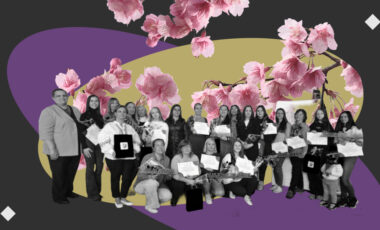54% Ukrainians support complete ban of Ukrainian Orthodox Church moscow Patriarchate — survey

54% of Ukrainians support the complete ban of the Ukrainian Orthodox Church of the moscow Patriarchate.
This is evidenced by the survey results of the Kyiv International Institute of Sociology (KIIS).
Sociologists report that a total of 78% of respondents said that the state should intervene in one way or another in the activities of the UOC MP.
- Among them, 54% believe that the UOC should be banned completely.
- Another 24% support a softer approach — establishing state control and supervision over church activities.
- Only 12% of the respondents believe that nothing should be done and it is not necessary to interfere in the affairs of the UOC but only to investigate individual possible cases of violations.
All regions of Ukraine support the proactive position of the state regarding the UOC MP.
Churches in the central (62%) and western (57%) regions are most in favor of a complete ban.
In the south and east, 48% and 41% of respondents support a complete ban, respectively. Instead, there are relatively more supporters of state control and supervision of the church.
Sociologists also note that both Ukrainian-speaking, bilingual, and russian-speaking respondents support the proactive position of the authorities in relation to the UOC-MP.
Among russian-speaking Ukrainians, this support is somewhat lower but still significant — 68%, in particular, 44% support a complete ban.
We will remind you that on December 9, the parliamentary committee supported the draft law, which proposes to ban the activities of the russian Orthodox Church and its subordinate structures in Ukraine.
An all-Ukrainian public opinion poll, "Omnibus," was conducted during December 4-27. 1,010 respondents over the age of 18 were surveyed in all regions of Ukraine except temporarily occupied Crimea, parts of the Luhansk region, and the Donetsk region.
Under normal circumstances, the statistical error of such a sample did not exceed 2.4% for indicators close to 50%, 2.1% for indicators close to 25%, 1.5% for indicators close to 10%, 1.1 % — for indicators close to 5%.
Sociologists say that the respondents' views in occupation differed somewhat, but the general trends are quite similar. That is, the impossibility of interviewing such respondents does not significantly affect the quality of the results.






















































